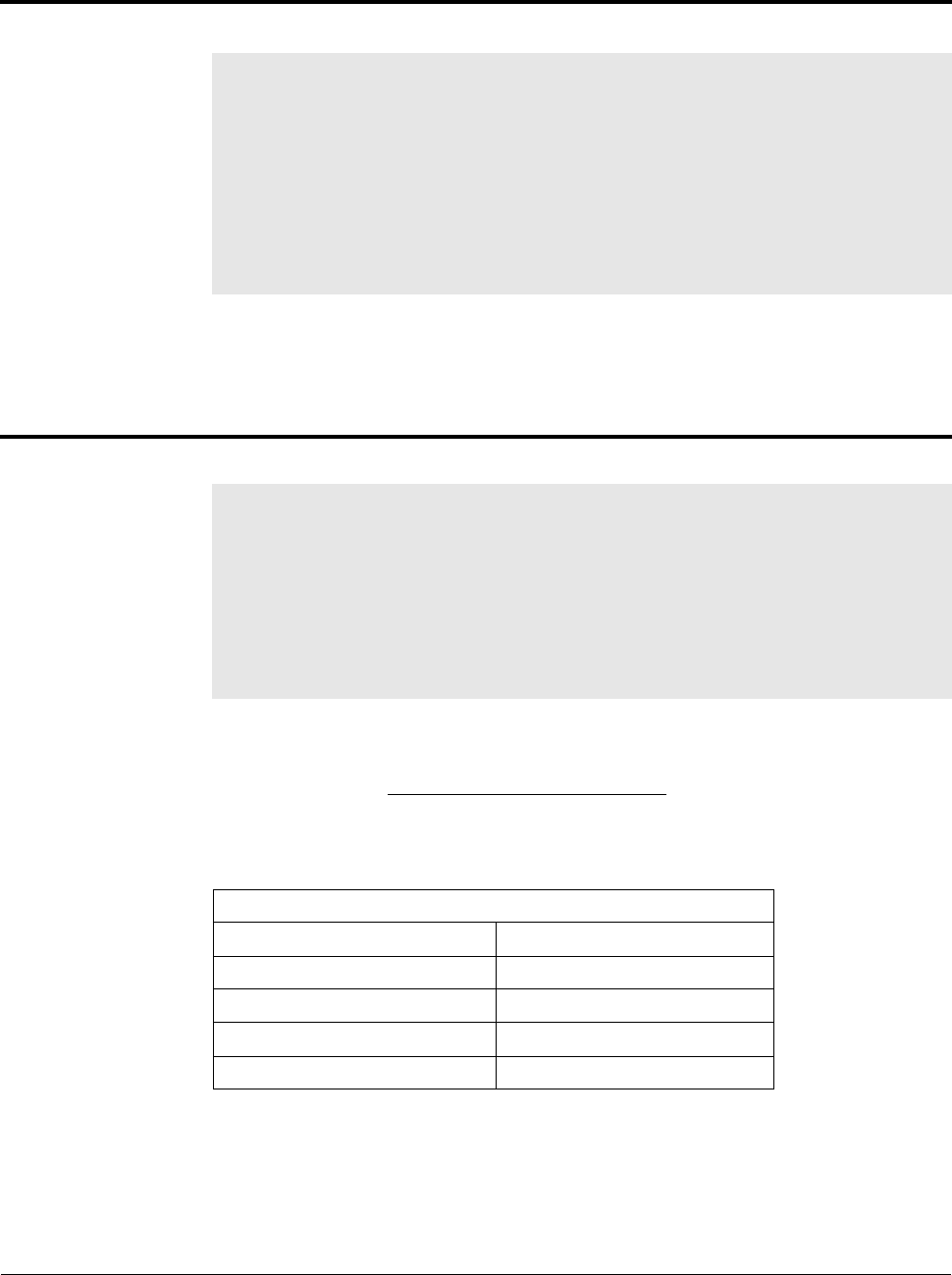Software Start-Up and Ref. Owner manual
Table Of Contents
- GV3000/SE AC General Purpose (V/Hz) and Vector Duty Drive, 1 - 20 HP, 230V AC Software Start-Up and Reference Manual D2-3387-5
- Important User Information
- Document Update
- Summary of Changes
- Table of Contents
- List of Figures
- List of Tables
- Preface
- Chapter 1 - Starting Up the Drive for Volts/Hertz Regulation
- Chapter 2 - Starting Up the Drive for Vector Regulation
- Chapter 3 - Using the Keypad/Display To Program, Monitor, and Control the Drive
- Chapter 4 - Programming Reference
- Chapter 5 - Troubleshooting the Drive Using Error Codes
- Appendix A - Alphabetical Listing of Parameters
- Appendix B - Record of User Parameter Settings
- Appendix C - Power Module-Dependent Parameter Default Values (230 V Series)
- Appendix D - Default Parameter Settings
- Appendix E - Configuring the Digital Inputs When the RMI Board Is Installed in the Drive
- Appendix F - Using the Terminal Strip Analog Input
- Appendix G - Drive Regulation Overview
- Back Cover / Publication D2-3387-5 July 2013

4-79
Programming Reference
Synchro. Speed =
U.015 Torque Regulator Integral Gain
This parameter
determines the
performance of the
torque regulator.
For most
applications, it is
recommended that
this value not be
changed.
Parameter Range: 10.0 to 628.0 radians/second
Default Setting: Power Module-dependent, see Appendix C
Parameter Type: Tunable
Refer also to parameters: U.014 Torque Regulator Proportional Gain
The higher the gain, the higher the performance of the torque loop. However, if the
gain is set too high, the drive will become more susceptible to overcurrent trips
and/or instability. Decreasing the gain will help increase stability.
U.016 Field Weakening Start RPM
This parameter sets
the speed at which
field weakening
begins.
Parameter Range: * to U.005
Default Setting: Power Module-dependent, see Appendix C
Parameter Type: Configurable
Refer also to parameters: U.002 Motor Poles
U.003 Motor Nameplate Base Frequency
U.005 Motor Nameplate RPM
U.017 Motor Top Speed
Beyond the speed specified in this parameter, torque will be inversely proportional
to speed. Increasing this number will maximize the output voltage and, therefore,
maximize the horsepower. Lowering the number may improve dynamic
performance near base speed.
* The low limit is calculated as 80% of synchronous speed where:
120 x Base Frequency (U.003)
No. of Motor Poles (U.002)
Using a 60 Hz motor as an example:
60 Hz Motor
Number of Motor Poles
2
4
6
8
U.016 Parameter Range
2880 to U.005
1440 to U.005
960 to U.005
720 to U.005










